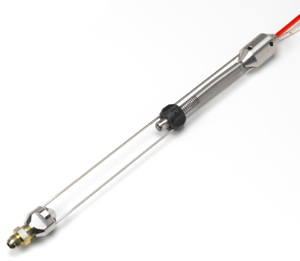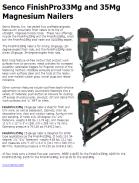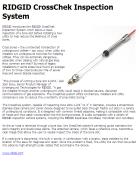RIDGID CrossChek Inspection System
 RIDGID introduces the RIDGID CrossChek Inspection System which allows a visual inspection of a bore slot before installing a new utility to help reduce the likelihood of cross bores.
RIDGID introduces the RIDGID CrossChek Inspection System which allows a visual inspection of a bore slot before installing a new utility to help reduce the likelihood of cross bores.
Cross bores – the unintended intersection of underground utilities – can occur when utility line installers cut underground trenches for installing utilities. They can be extremely dangerous, especially when dealing with natural gas lines. How common are they? Surveys of legacy installations in some areas have found an average of two to three cross bores per mile of sewer lines and sewer laterals inspected.
“The process of cutting a bore slot is blind,” said Josh Sooy, Senior Product Manager of Underground Technologies for RIDGID. “A gas line installed through another underground utility could result in blocked sewers, disrupted communications or gas explosions. The CrossChek system offers contractors, installers and utility companies a way to reduce the uncertainty of pneumatic boring.”
The CrossChek system, capable of inspecting bore slots 1-3/4” to 3” in diameter, includes a streamlined stainless steel camera and carrier device designed to be pulled back through freshly cut slots in a variety of underground conditions. It is designed with common thread adapters, making it compatible with most air hoses and thus easily incorporated into the boring process. It is also compatible with a variety of RIDGID inspection camera systems, including the RIDGID SeeSnake microReel, microDrain and nanoReel.
As the air hose is retrieved through a bore slot, the CrossChek system’s centering guide maintains the slot’s integrity and sheds loose debris. The attached camera, which faces a reflective cone, transmits a clear image that allows the user to visually inspect the inside of the bore slot.
If a cross bore is discovered, the built in sonde, in combination with a locator, leads installers to the location of the issue for diagnosis and repair. Once the problem is fixed, the utility line can then be pulled into place by high-strength puller cables that accompany the device.











